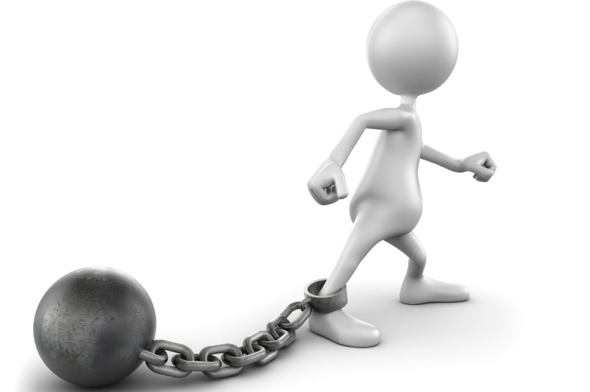 I’ve been thinking a lot about the training process recently, and specifically, how we address weaknesses within a training program.
I’ve been thinking a lot about the training process recently, and specifically, how we address weaknesses within a training program.
More than anything, I’ve been trying to explain how I go about addressing weaknesses in the programs that I write for my clients and athletes.
We’ve all heard the saying, “You’re only as strong as your weakest link.”
And while that’s true, it leads directly to a follow-up question:
How strong do we need to make our weaknesses?This actually falls directly in line with my 800 pound abs and symmetrical program blog posts.
I think too often, we find a weakness and spend so much time addressing it and working on it, that we fail to play on and utilize our strengths!
Let’s use a powerlifter, or someone who wants to improve their squat and deadlift, as an example.
The person comes to you and is incredibly quad-dominant. Not only is it causing their deadlift to lag behind, but their knees are starting to hurt as well.
So you do everything in your power to bring up their glutes and hamstrings, and pay zero attention to their quad (and squat) development.
While this may be ok (especially early-on), is this the ideal strategy for the long-haul?
I, personally, don’t think so.
The goal here is to maintain their specific strengths, while bringing weaknesses up to a point where they are manageable.
If you have someone that has great quads and a strong squat, why on Earth would you want to take that away from them?
At least in my opinion, you don’t.
Instead, you need to skew the program in a direction so that you bring up the weak points, but without significantly taking away from their strengths.
Remember, it’s virtually impossible to make a weakness a strength.
Furthermore, I feel it’s a waste of time and energy to do so.
In lifting, just like life, we all have our strengths. Things we are inherently good at and which seem to come to us easily.
In contrast, we also have our weaknesses – things we need to work much harder on to be successful at.
It’s not that we can’t be successful – it just takes a lot more time and attention.
So the real goal, in training and life, is to manage our weaknesses – to bring them up to a point where they are no longer the limiting factor in our performance.
Mike Roussell talked about this briefly in an interview he did with me; he calls it finding the rate limiting step.
And at that point in time, a new weakness or rate limiting step will be exposed, and we’ll need to bring that up to par.
At the end of the day, we all have strengths and weaknesses. If we want to maximize our potential in any avenue in life, we need to remember that our strengths are a good thing – they’re part of what makes us individual and unique, and we need to take advantage of them.
But along those same lines, being honest with ourselves and knowing our weaknesses is imperative. Perhaps more importantly, striving to address those weaknesses and bring them up to a point where they no longer impede our progress could be the real key to long-term success.
Stay strong
MR
